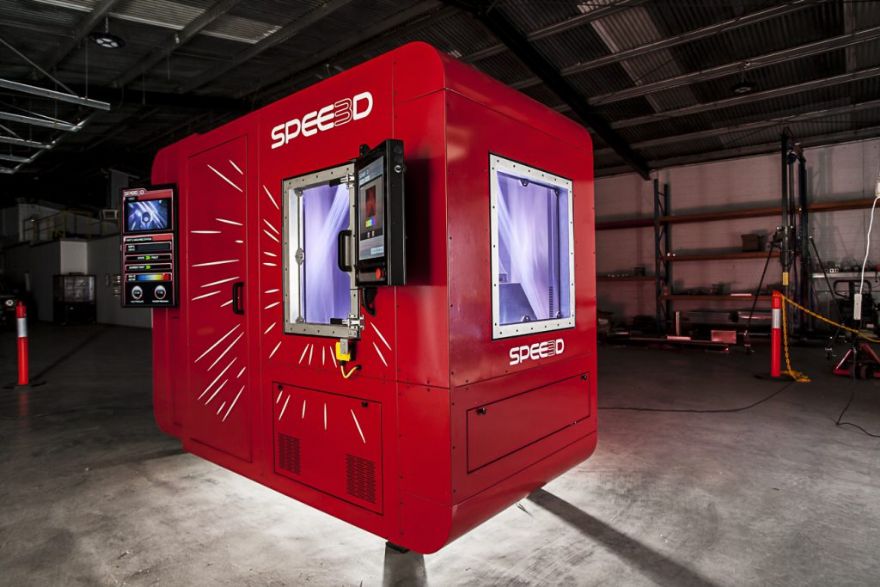
Penn State University’s latest investment into a ‘LightSPEE3D’ cold-spray metal 3-D printer will advance its additive manufacturing (AM) capability.
Tim Eden, head of the Material Science Division at The Applied Research Laboratory at Penn State University, said: “Our collaboration with SPEE3D is an excellent addition to our current capabilities in metal AM and cold spray. We are looking forward to developing and applying SPEE3D technology to meet the materials and manufacturing challenges of the US Navy, DoD and the industrial base.”
SPEE3D says its high-tech metal 3-D printers run at speeds that are 100- to 1,000-times faster than traditional metal 3-D printing methods. “These metal 3-D printers leverage cold spray technology that can produce industrial-quality metal parts in just minutes, rather than days or weeks.
“Through our recent Australian Army field trials, it is also the world’s only proven deployable metal 3-D printing technology. Our LightSPEE3D and WarpSPEE3D machines are robust enough to operate in environments such as the field of combat, on base or at sea — making them an ideal ‘expeditionary solution’ for building components on demand at the point of need.”
Janice Bryant, based at the Naval Sea Systems Command (NAVSEA) Technology Office, will use the technology at Penn State University to conduct research into the advancement and development of additive manufacturing equipment within the USA.
“NAVSEA’s Technology Office champions the timely transition of emerging technologies into ships, submarines and the communities that design, build and maintain them, resulting in a more affordable and capable Fleet.”
The Applied Research Laboratory of Penn State University is a Department of Defence designated University Research Centre. Its purpose is to conduct essential research, developments and systems engineering. For over 70 years, it has offered significant advanced research and development services to America’s defence, industry and education communities.
Byron Kennedy, CEO of SPEE3D, added: “Having our LightSPEE3D metal 3-D printer at Penn State University’s Applied Research Laboratory is quite exciting for SPEE3D. This partnership will no doubt allow the institution to develop leading research within the field, enabling them to work at the forefront of the industry.”